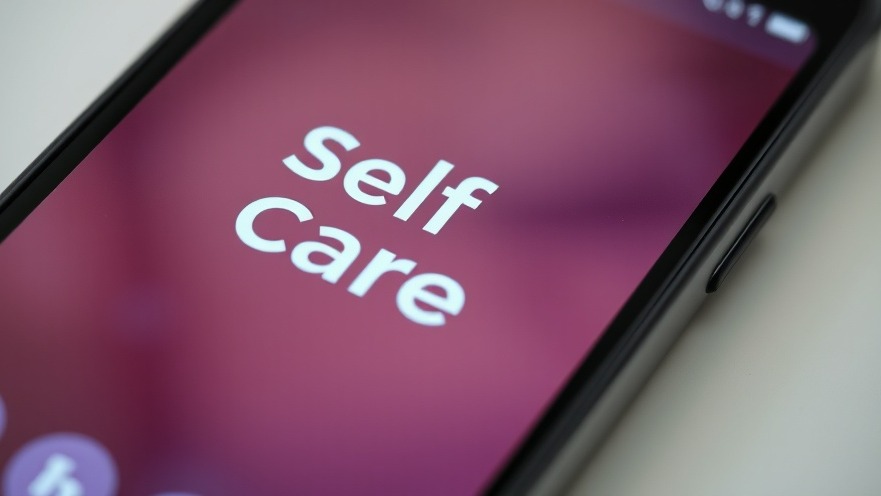
Why Self-Care Apps Can't Be a One-Size-Fits-All Solution
As digital nomads often seek flexibility and efficiency, many have turned to self-care apps in the hope of improving their mental well-being during busy travel schedules. However, the reality is that these apps may not work for everyone, and their popularity raises important questions about mental health in a tech-savvy world.
The Oversimplification Trap of Self-Care
One of the biggest pitfalls of self-care apps is the oversimplification of complex tasks. Many of these apps, like Finch, prompt users to check off basic daily activities—brushing teeth or drinking water—that typically require no reminders for functioning adults. Users may find themselves spending more time customizing these notifications than gaining actual benefits from them. This can be frustrating for those who are already strapped for time, as they end up using these applications merely as task reminders rather than engaging with the deeper aspects of self-care that they intended to address.
Technical Barriers: An Unwelcoming Setup
For digital nomads, time is precious, making it critical for self-care apps to offer intuitive setups. However, many apps present a complicated harbor of settings that can deter users from fully benefiting. For instance, Habitica attempts to gamify productivity but can lead to confusion with its in-app currency and feature availability. The very act of trying to set up these apps can become a burden rather than an enhancement, which is counterproductive for users who are seeking mental relief.
Missed Opportunities for Human Connection
A significant factor in effective self-care is human interaction. Digital tools, while convenient, can lack the empathetic touch that in-person support can offer. Simply put, technology cannot replicate the nuanced understanding a human therapist can provide, especially when it involves complex emotional experiences. A hybrid model that includes both digital and personal interaction can cater better to the diverse needs of users.
Understanding User Engagement and Motivation
The effectiveness of self-care apps often hinges on user engagement, which is influenced by multiple factors, including motivation and the quality of content. Research suggests that while many users appreciate the flexibility that self-care apps offer, sustained motivation can wane without proper guidance and interaction. Increasingly, the conversation in mental health circles advocates for integrating app use with personalized support, rather than relying solely on digital solutions.
Privacy Concerns and User Safety
Privacy is a primary concern for users of self-care apps, especially those involving sensitive mental health data. A study indicated that many mental health apps fail to guarantee the privacy of their users, putting individuals at risk of sharing their most vulnerable feelings with platforms that might not keep their data safe. For the digital nomad navigating through different jurisdictions, the implications can be significant.
Key Takeaways: Navigate Your Path to Self-Care Thoughtfully
While self-care apps offer convenient tools for mental health management, it’s important to recognize their limitations. Digital nomads may benefit from balancing the use of these apps with real-world support systems, engaging with like-minded communities, or seeking professional help when needed. Finding the right combination of technology and human connection can foster better mental health outcomes.
Emphasizing integrated solutions that pair technology with personal care allows for a more holistic approach to mental well-being. As we embrace the future of mental health support, let’s advocate for solutions tailored to diverse needs and experiences, ensuring that technology serves as a complement rather than a substitute for genuine human interaction.
For those seeking to improve mental wellness within the hustle of life as a digital nomad, be sure to explore both digital tools and real-world practices that nourish your mental health.
 Add Row
Add Row  Add
Add 




Write A Comment